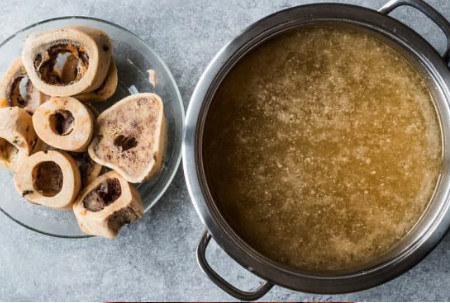
Bringing home a new puppy is one of life’s greatest joys—and biggest learning curves. Between potty training, puppy-proofing, and sleepless nights, choosing the right food might feel like just one more overwhelming decision. The pet store aisles are packed with options, and everyone from your vet to your neighbor has an opinion.
But feeding your puppy doesn’t have to be confusing. As a Certified Canine Nutrition Coach, I’m here to simplify the process and help you feel confident in your choices. Here are five practical steps to choosing the right puppy food—without second-guessing yourself or falling for clever marketing.
1. Look for a Named Protein as the First Ingredient The first ingredient listed on a dog food label should be a clearly named whole protein like chicken, turkey, beef, or salmon. Avoid vague terms like "meat," "animal by-product," or "poultry meal." Your growing puppy needs high-quality protein to support muscle and brain development.
2. Understand What "Meal" Really Means Contrary to popular belief, "chicken meal" or "lamb meal" can be nutritious and protein-rich—as long as it's a named source. The word "meal" simply means the moisture has been removed, making it more concentrated. What you want to avoid are generic versions like "meat meal" or "animal fat."
3. Avoid Common Fillers Many commercial dog foods use corn, wheat, and soy as inexpensive fillers. These ingredients can be harder for puppies to digest and are often linked to allergies and sensitivities. Look for foods where whole meats, vegetables, and nutrient-dense ingredients make up the majority of the formula.
4. Ignore the Buzzwords Labels like "natural," "premium," "vet recommended," and even "grain-free" can be misleading. These aren’t regulated terms and don’t guarantee quality. Instead, read the ingredient list and look for an AAFCO statement to ensure the food meets basic nutritional standards.
5. Watch How Your Puppy Responds Your puppy's poop, energy levels, coat, and appetite are your best indicators of whether their food is working. Soft or inconsistent stools, excessive itching, or lethargy can all be signs that it’s time to try a different formula.
Bonus Tip: Keep It Simple You don’t need to buy the most expensive brand on the shelf or jump into a raw diet overnight. Feeding better can be as simple as upgrading ingredients, adding healthy toppers, or understanding how to read a label.
And remember: you don’t have to find the perfect food right away or commit to one option forever.
Nutrition is a journey, and there is always room for improvement as you learn more about what works best for your pup. The most important thing is to do the best you can for your dog today, in this moment. Don’t let fear or overwhelm cause you to freeze or give up. Progress over perfection is the key to raising a happy, healthy dog.
Want help figuring it all out? Grab my free Puppy Food Decoder and start feeding with confidence today.
You’re not just filling a bowl—you’re building a foundation for your dog’s lifelong health.
And you don’t have to do it alone.
Join my free Facebook community, Raising a Happy Healthy Puppy, for more tips, support, and encouragement from other dog moms like you.
My free Facebook group for busy dog moms who want to confidently nourish their pups without second-guessing every bite. Inside, you’ll find simple nutrition tips, label-reading help, feeding strategies, and real support to raise a dog you truly love living with—starting at mealtime and lasting a lifetime. 💛Because every pup deserves a full bowl and a full heart.









0 Comments